Even native Japanese readers had trouble spotting the problem in collaboration announcement.
Katakana
Katakana is usually for foreign words, but there’s a whole class of Japanese-grown rice that has katakana names.
This isn’t the type of self-service they were meaning.
The new era name doesn’t have any of the kanji characters for “Shinzo Abe,” but some people saw the politician’s name all the same.
Find out how you can create the name of a prefecture simply by moving just one of these matchsticks.
We’re back and ready to take on the third, and most puzzling, type of Japanese text: katakana.
With the 26 letters of the alphabet, we can make pretty much any sound present in the majority of languages. But Japanese just doesn’t contain certain sounds present in English, like “th” or “v”, and their “r” is somewhere right between our “r” and “l”, making them sound almost exactly the same to Japanese ears.
Since most Japanese people grow up only speaking Japanese, it means that when they start learning English at school, they either have to learn entirely new sounds (difficult) or else try to render English in Japanese sounds (which isn’t accurate). As a result, many Japanese English learners feel a lot of anxiety over the accuracy of their pronunciation. But should that really be holding them back?
Remember the Chinese character phase? Back in the early 2000s you could see Chinese characters everywhere from T-shirts to tattoos. While the trend still continues to some extent today, once people started realizing that you should probably double-check the meaning before going out in public, it has definitely slowed down.
Maybe Chinese symbols have a sort of stigma now, but that is not stopping major designers from branching out into the other styles of Japanese writing, namely katakana. This new trend is being used by brands all over the world, from Adidas to Stussy.
When it comes to Japan’s three writing systems, kanji, hiragana and katakana, it’s the most complex of the lot that usually gets the most attention. The numerous lines and strokes involved in kanji pictographs are so revered that people nominate one at the end of every year to represent the mood of the nation. Even foreigners across the world are taken by their meaning and beauty, with many committing a patch of skin to their favourite (sometimes completely wrong) kanji in tattoo form.
But what about the least utilised member of the group, the katakana characters used for foreign words? Well it looks like they’re finally getting a bit of love, with a recent survey being conducted among foreign residents in Japan to determine the coolest looking symbol in the katakana syllabary. Place your bets now for which one comes out on top!
YouTuber and full-time Japan fan Sharla is back this week with a brand new video. After bringing us exploding condom ice cream and giving us a peek inside one of Japan’s typical love hotels, she’s currently back in her native Canada and just for kicks decided to try out a few English loan words that appear in the Japanese language on her non-Japanese-speaking friend.
As we’re about to see, despite the majority of these words originally coming from English, once pumped through the Japanese lexicon and read back to a native English speaker they make almost zero sense. The full, laugh-out-loud video after the jump.
As mentioned many times before on this site, the modern Japanese language uses a set of characters to represent foreign words called katakana. Such characters are used for foreign place names such a Beverly Hills (ビバリーヒルズ) or people like Mahmoud Ahmadinejad (マフムード・アフマディーネジャード).
However, this feature of Japanese has been criticized by some for allowing the purity of the language to be polluted by foreign influences. It can also cause confusion by creating English words that have different meanings than the original.
That being said, for foreigners visiting Japan with a limited knowledge of the language this list may prove invaluable. Excluding the obvious classics like “OK” (オケ) and “McDonald’s” (マクドナルド) here are some relatively newer loan words ranked by understandability in Japanese.
Sometimes obvious things are hidden right in plain sight and it takes the fresh perspective of someone in another part of the world to point it out. One Twitter user stumbled on such a hidden gem recently when searching the Japanese character for “tsu” , which in the katakana alphabet is written ツ.
As you can probably see from the image above and in the text of the previous sentence, the letter looks quite a lot like a smirking face. This may appear obvious to many Western readers, but according to online reaction most Japanese netizens were taken by surprise at this discovery and had never noticed the similarity. Perhaps even more surprisingly, the character is also apparently getting an unusual amount of use in Middle Eastern countries.
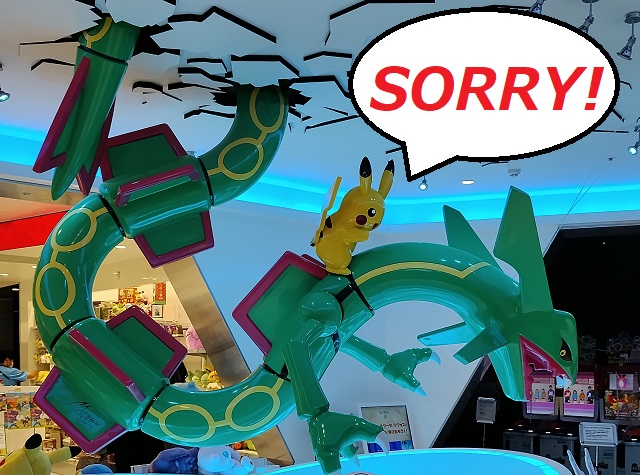
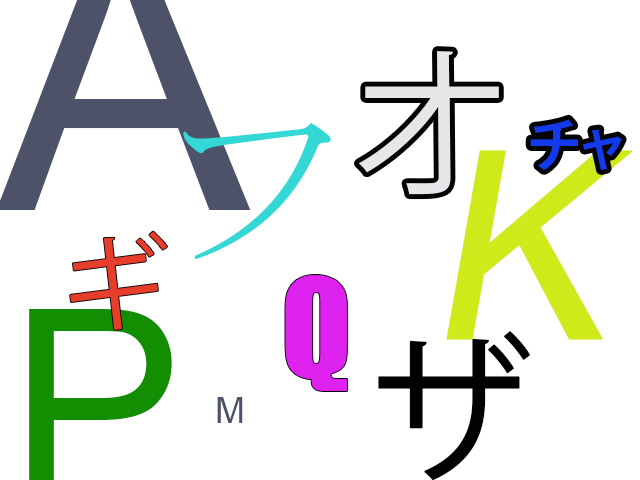
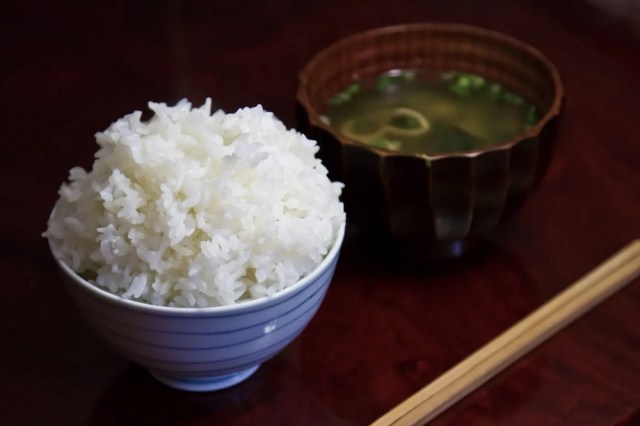
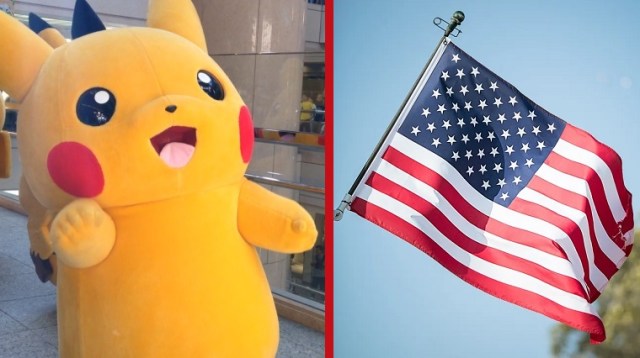
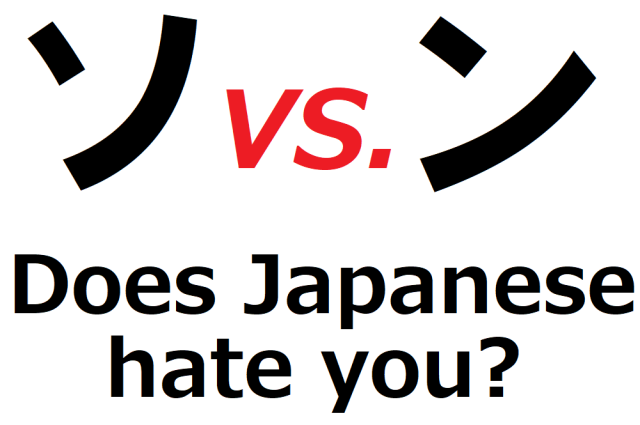

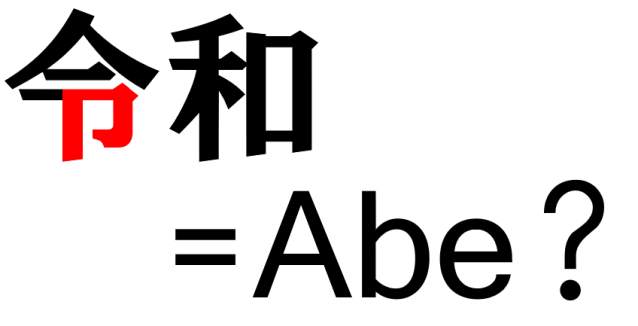
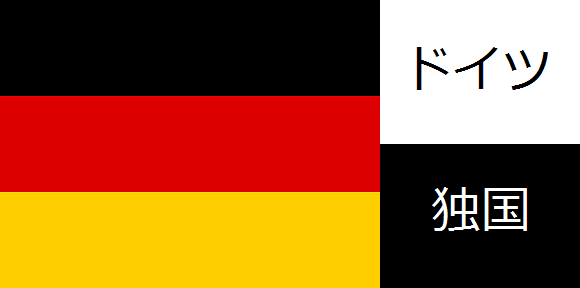
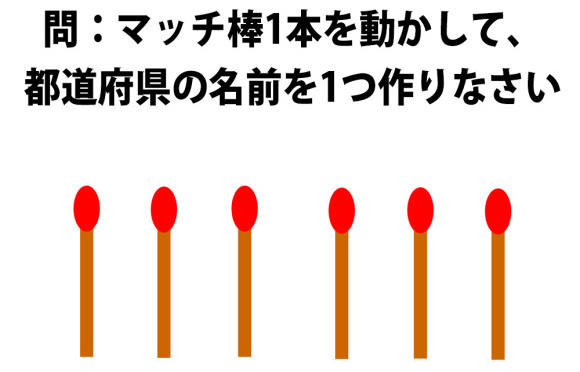
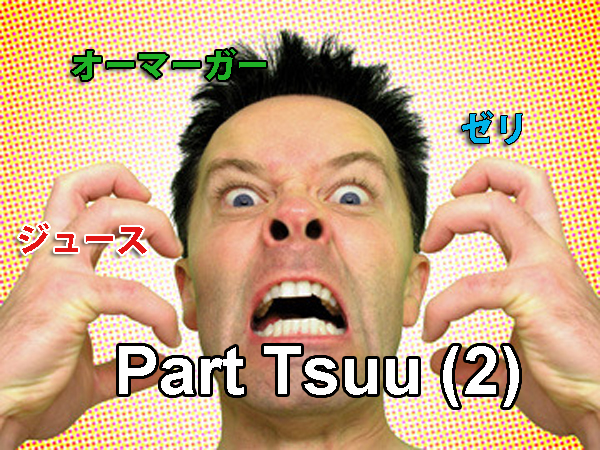

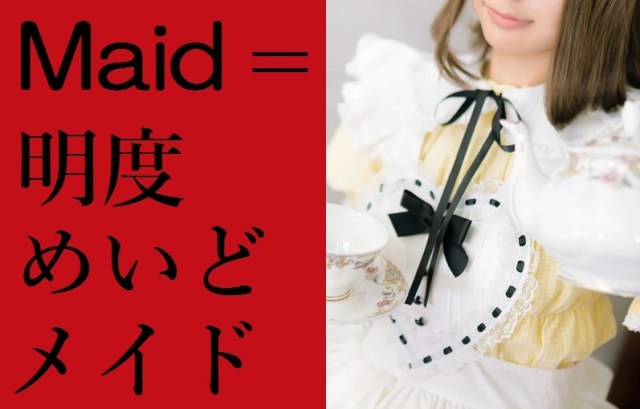
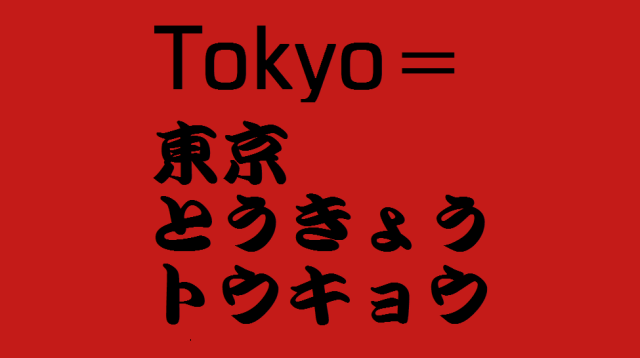
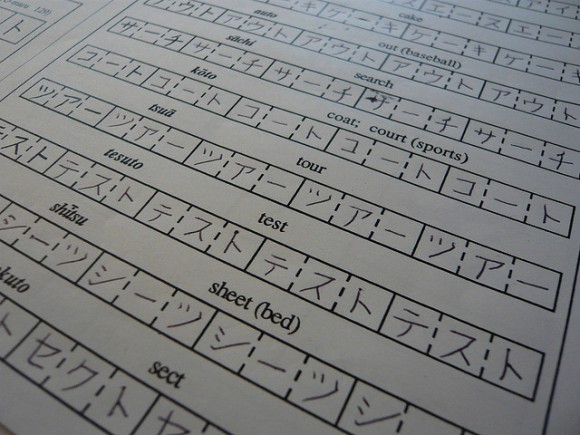

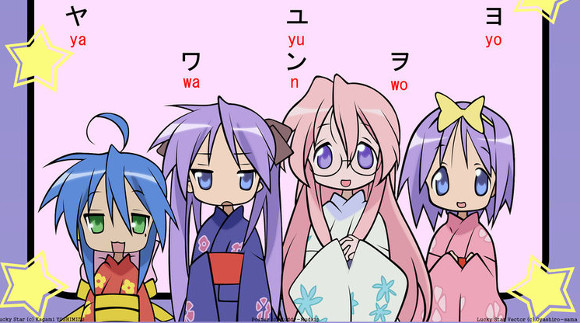
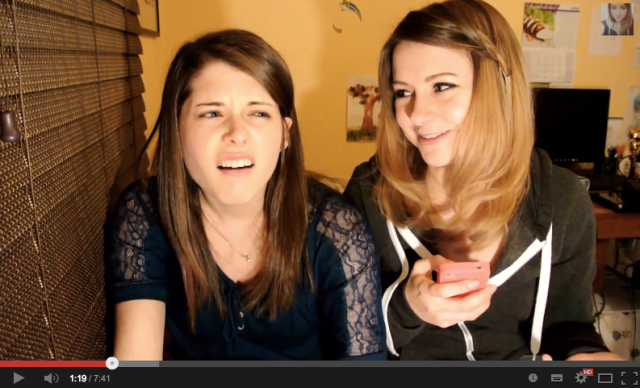
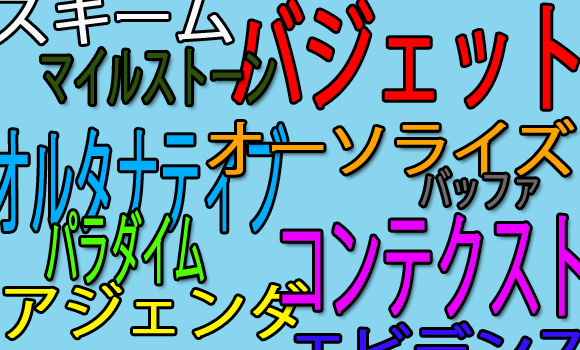
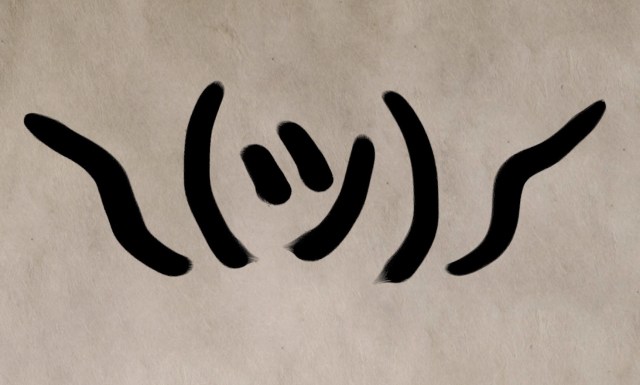
 Japanese beef bowl chain Sukiya’s 2026 Smile Box lucky bag basically pays for itself
Japanese beef bowl chain Sukiya’s 2026 Smile Box lucky bag basically pays for itself Hayao Miyazaki says Happy New Year to Studio Ghibli fans with new art for Year of the Horse
Hayao Miyazaki says Happy New Year to Studio Ghibli fans with new art for Year of the Horse Should you dip your cake in sake? One Japanese brewer says no, but actually yes【 Taste test】
Should you dip your cake in sake? One Japanese brewer says no, but actually yes【 Taste test】 Play games, learn, and get your fortune at Ginza’s limited-time Tsunaguu “Shrine of the Future”
Play games, learn, and get your fortune at Ginza’s limited-time Tsunaguu “Shrine of the Future” What did Shibuya really look like after the crowds on New Year’s Day?
What did Shibuya really look like after the crowds on New Year’s Day? Evangelion’s Gainax studio establishes new business… cultivating tomatoes
Evangelion’s Gainax studio establishes new business… cultivating tomatoes 7-Eleven’s edible cat paw proves Japanese convenience store sweets are on a whole other level
7-Eleven’s edible cat paw proves Japanese convenience store sweets are on a whole other level Beyond fruit sandwiches — Japan has cake sandwiches too!【Taste test】
Beyond fruit sandwiches — Japan has cake sandwiches too!【Taste test】 Stay at the Nara Juvenile Prison hotel in Japan in 2020
Stay at the Nara Juvenile Prison hotel in Japan in 2020 Kyoto sightseeing tour: The most amazing old bathhouses in the city
Kyoto sightseeing tour: The most amazing old bathhouses in the city Starbucks Japan ready to get Year of the Horse started with adorable drinkware and plushies【Pics】
Starbucks Japan ready to get Year of the Horse started with adorable drinkware and plushies【Pics】 7 great places to see Mt. Fuji from without having to climb it
7 great places to see Mt. Fuji from without having to climb it We found possibly the quietest Japanese-style hotel in Tokyo’s bustling Shinjuku district
We found possibly the quietest Japanese-style hotel in Tokyo’s bustling Shinjuku district Cup Noodle tries an authentic Jiro-style ramen, but something’s not quite right
Cup Noodle tries an authentic Jiro-style ramen, but something’s not quite right Hello Kitty Choco Egg figures are an adorable trip through three periods of Japanese pop culture【Pics】
Hello Kitty Choco Egg figures are an adorable trip through three periods of Japanese pop culture【Pics】 Japan’s oldest largetooth sawfish in captivity back on display in Mie Prefecture
Japan’s oldest largetooth sawfish in captivity back on display in Mie Prefecture Cyberpunk anime meets traditional culture in Ghost in the Shell gold leaf Japanese changing screens
Cyberpunk anime meets traditional culture in Ghost in the Shell gold leaf Japanese changing screens The best Starbucks Japan Frappuccinos we want to drink again in 2026
The best Starbucks Japan Frappuccinos we want to drink again in 2026 We revisited Sweets Paradise after a decade to see if Japan’s dessert buffet still delivers
We revisited Sweets Paradise after a decade to see if Japan’s dessert buffet still delivers 7-Eleven Japan starts new temporary luggage storage service in over 300 branches
7-Eleven Japan starts new temporary luggage storage service in over 300 branches Disillusionment at Tsukiji’s tourist-target prices led us to a great ramen restaurant in Tokyo
Disillusionment at Tsukiji’s tourist-target prices led us to a great ramen restaurant in Tokyo Starbucks teams up with 166-year-old Kyoto doll maker for Year of the Horse decorations【Photos】
Starbucks teams up with 166-year-old Kyoto doll maker for Year of the Horse decorations【Photos】 Tokyo considering law requiring more trash cans following litter increase in heavily touristed area
Tokyo considering law requiring more trash cans following litter increase in heavily touristed area Tokyo’s Tsukiji sushi neighborhood asks tour groups to stay away for the rest of the month
Tokyo’s Tsukiji sushi neighborhood asks tour groups to stay away for the rest of the month Tokyo event lets you travel back in time, for free, to celebrate 100 years since Showa era start
Tokyo event lets you travel back in time, for free, to celebrate 100 years since Showa era start Sanrio theme park in Japan announces plans to expand into a Sanrio resort
Sanrio theme park in Japan announces plans to expand into a Sanrio resort Japan may add Japanese language proficiency, lifestyle classes to permanent foreign resident requirements
Japan may add Japanese language proficiency, lifestyle classes to permanent foreign resident requirements Stamina-destroying “Paralysis Noodles” are Tokyo’s newest over-the-top ramen innovation
Stamina-destroying “Paralysis Noodles” are Tokyo’s newest over-the-top ramen innovation Survey asks foreign tourists what bothered them in Japan, more than half gave same answer
Survey asks foreign tourists what bothered them in Japan, more than half gave same answer Japan’s human washing machines will go on sale to general public, demos to be held in Tokyo
Japan’s human washing machines will go on sale to general public, demos to be held in Tokyo Japan’s deadliest food claims more victims, but why do people keep eating it for New Year’s?
Japan’s deadliest food claims more victims, but why do people keep eating it for New Year’s? We deeply regret going into this tunnel on our walk in the mountains of Japan
We deeply regret going into this tunnel on our walk in the mountains of Japan Studio Ghibli releases Kodama forest spirits from Princess Mononoke to light up your home
Studio Ghibli releases Kodama forest spirits from Princess Mononoke to light up your home Major Japanese hotel chain says reservations via overseas booking sites may not be valid
Major Japanese hotel chain says reservations via overseas booking sites may not be valid Put sesame oil in your coffee? Japanese maker says it’s the best way to start your day【Taste test】
Put sesame oil in your coffee? Japanese maker says it’s the best way to start your day【Taste test】 No more using real katana for tourism activities, Japan’s National Police Agency says
No more using real katana for tourism activities, Japan’s National Police Agency says Starbucks Japan reveals new sakura drinkware collection, inspired by evening cherry blossoms
Starbucks Japan reveals new sakura drinkware collection, inspired by evening cherry blossoms Updated cherry blossom forecast shows extra-long sakura season for Japan this year
Updated cherry blossom forecast shows extra-long sakura season for Japan this year Evangelion’s Gainax studio establishes new business… cultivating tomatoes
Evangelion’s Gainax studio establishes new business… cultivating tomatoes 7-Eleven’s edible cat paw proves Japanese convenience store sweets are on a whole other level
7-Eleven’s edible cat paw proves Japanese convenience store sweets are on a whole other level Beyond fruit sandwiches — Japan has cake sandwiches too!【Taste test】
Beyond fruit sandwiches — Japan has cake sandwiches too!【Taste test】 Stay at the Nara Juvenile Prison hotel in Japan in 2020
Stay at the Nara Juvenile Prison hotel in Japan in 2020 Kyoto sightseeing tour: The most amazing old bathhouses in the city
Kyoto sightseeing tour: The most amazing old bathhouses in the city Every piece of Hayao Miyazaki’s Ghibli anime concept art to be published in new book series
Every piece of Hayao Miyazaki’s Ghibli anime concept art to be published in new book series Awesome website allows you to make your own Dragon Ball character, battle other fighters
Awesome website allows you to make your own Dragon Ball character, battle other fighters The best Starbucks Japan Frappuccinos we want to drink again in 2026
The best Starbucks Japan Frappuccinos we want to drink again in 2026 Studio Ghibli stamps lift your spirits with motivational phrases from Totoro
Studio Ghibli stamps lift your spirits with motivational phrases from Totoro Our male reporter cross-dresses for second time, learns more about how hard it is to be a woman
Our male reporter cross-dresses for second time, learns more about how hard it is to be a woman We revisited Sweets Paradise after a decade to see if Japan’s dessert buffet still delivers
We revisited Sweets Paradise after a decade to see if Japan’s dessert buffet still delivers Sailor Moon character outfits modeled on high-fashion designs【Pics】
Sailor Moon character outfits modeled on high-fashion designs【Pics】 Survey asks foreign tourists what bothered them in Japan, more than half gave same answer
Survey asks foreign tourists what bothered them in Japan, more than half gave same answer